Abraro and Abraham. Bahir Dar, outside of the Dibanbessa Hotel.
“Please, I’m hungry.” he said. I took one glance at the child and almost dismissed him. But, something caught my eye. I turned back to see a thin boy: dirty, shoeless, and with tattered clothes. He’ was clearly one of Ethiopia s estimated 160,000 street children. (As an aside, there are an estimated 6 million orhpans in Ethiopia. Close to 1 million of these orphans have lost their parents to AIDS.) I said: “Wait.” I didn’t have any food or candy as I had handed out what I had in the country side of Bahir Dar. I went to find Christina who had a plethora of protein bars. Christina gave him the protein bars and soon the one boy multiplied to four. I thought this was the end of it. A little while later, we were getting ready to head back to the airport but, Christina and Karyn were missing. They had set off to purchase the four boys new shirts. The boys looked stellar in their Bob Marley t-shirts. Now that was a good idea: getting them new clothes. As we were getting ready to leave for the airport, Christina said: “Let’s get them some new shoes also. Two of the four boys did not have shoes. I said count me in.
Luckily Bob our tour guide knew where to go. All 10 us women, including Bob, the driver, Kimberley’s foster daughter Meaza and the two boys piled into our rental van. When we arrived, the shop was filled with only black leather shoes. We said to Bob, “Can you take us somewhere to buy them tennis shoes?” He said the leather will last longer. And to be honest Abraro and Abraham did not care in the least. The shop manager was pleasant and helpful. While the female shop keepers were filled with contempt, almost disgust. It was clear that they were not happy and were slow to wait on us when we needed different sizes. Because the boys feet were caked with mud, they made the boys wear plastic bags over their feet while trying on the shoes. The shop manager obtained some socks for us from a street vendor. The total cost for the 2 pairs of shoes and 2 pairs of socks was 248 Bir or approximately 15 USD.
On the drive to and from the shop we found out that Abraro had lost both his mother and father(double orphan). But Abraham had a father(single orphan). I did not want to pry but in hindsight should have asked about Abraham’s father. We also learned they were both 13 years old. Due to malnourishment, they both looked no older than 10. We asked them how they knew English so well. They said that they had learned from all the tourists. They survived on hand outs and by re-selling items on the street. Abraham wanted to open a stall to sell goods and eventually go on to open a shop. It was refreshing to hear such big aspirations despite his circumstances. They also said they were best friends and what one received he shared with the other. Before we said goodbye, we pooled the remaining school supplies that we had giving them a big bag of items to sell along with some money to feed them for awhile. As we drove away, I watched them walking arm and arm down the street with grins on their faces.
Kindest: Addis Ababa, outside of the Sheraton Hotel.
On our 4th day in Ethiopia some of us decided to take a break from riding in our crowded bumpy van and take a walk to nearby shops. We had made a pact before we set out that we would wait until we were almost back to the hotel to hand out any candy and biscuits. We wanted to avoid a mob scene like the one we experienced at the market in Bahir Dar. We jokingly threatened to stone the person who broke the pact. Almost right outside of the hotel, a little girl started following us. She was quite happy but obviously a street child: clothes tattered, dirty and thin. Later we found out her name was Kindest. She skipped along as we walked and made the universal sign for hunger: putting all her fingers together and then tapping her lips. We said wait and hoped she understood as she didn’t speak English. We were all eager to provide her with something to eat but not until the end of our walk. It was hard making her wait. It was very quickly unanimous that we would also buy her some new clothes. She continued to skip and jump rope with a black plastic cable. Karyn remarked: “I should have brought my daughter’s jump ropes, she has several that go unused!’
Soon we had ½ a dozen children following us. One boy was pretty obnoxious and tried to kick Kindest. He quickly stopped as raising your voice and wagging your finger “No” was pretty effective in any language. The obnoxious boy kept repeating: “I have no mother, I have no father.” as if he had been coached. Kimberley warned us that some of the children had adult “pimps” who would take any money given to them. Kindest and the other children followed us up the street and down the street. Christina and Maggie separated to find some clothes. Maggie has 4 grown children and was dead on in selecting the correct jean size. I would have to agree with Christina that the jeans looked too small but Kindest was thin. We would have like to have bought her a top warmer than a t-shirt but were limited to what was being sold on the street. At one point we had to stop to pick up some purchases we made at an art gallery at the beginning of our walk. (Although the purchases were not that much by our standards, I felt and still feel incredibly guilty for making them with all the poverty we had seen in 4 days) The ground’s keepers of the gallery pretended to throw rocks to scare the kids away. I was able to gesture to Kindest to stay as we were very near the hotel. Fortunately she understood my gestures and stayed.
As we neared the hotel’s security gate, we still had a crowd of children following us. We pleaded with security to let us through with Kindest. They were intially reluctant but let her through once we told them our intent. Karyn and I stayed out at the front of the hotel and handed out candy and biscuits to the children who remained. The security guard assured us that the other children would not take Kindest’s candies or new clothes. Through the security guard we learned Kindest’s name. Maggie and Christina quickly undressed and redressed her. She was beaming. We gave her a bag of treats and her old clothes back and then said our goodbyes. Days later, I couldn’t help but wonder: “Did we do her a disservice by providing her new clothes? Weren’t the tattered clothes what drew our attention to help her?” But then, I remembered the smile on Kindest’s face and how it felt to be a child and not having to have a care in the world. Perhaps just for that one day, she didn’t have a care.


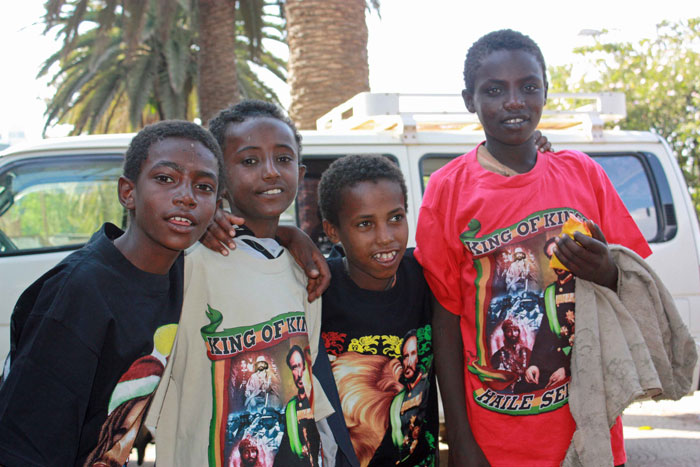
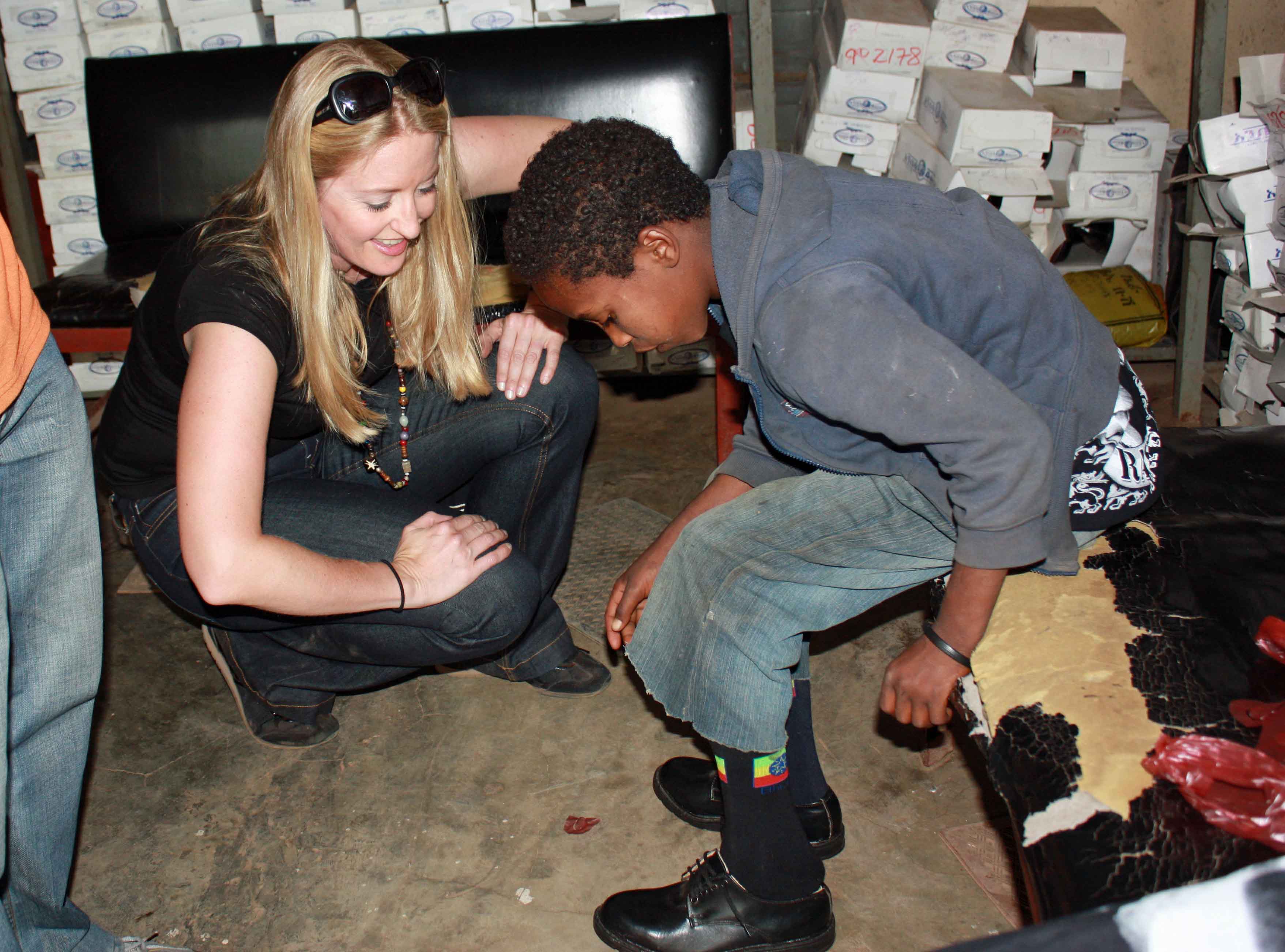
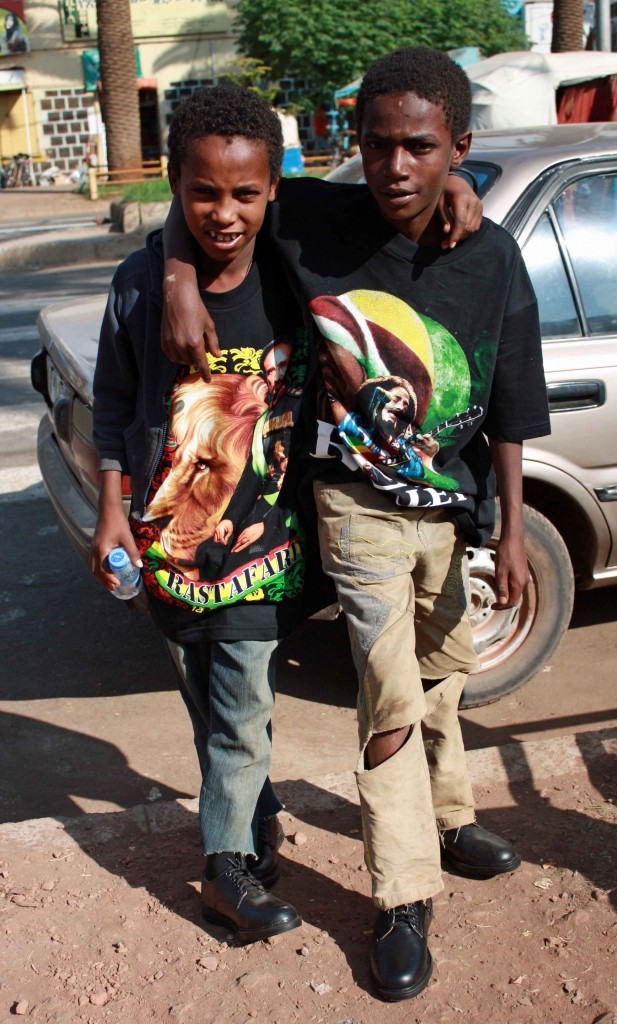
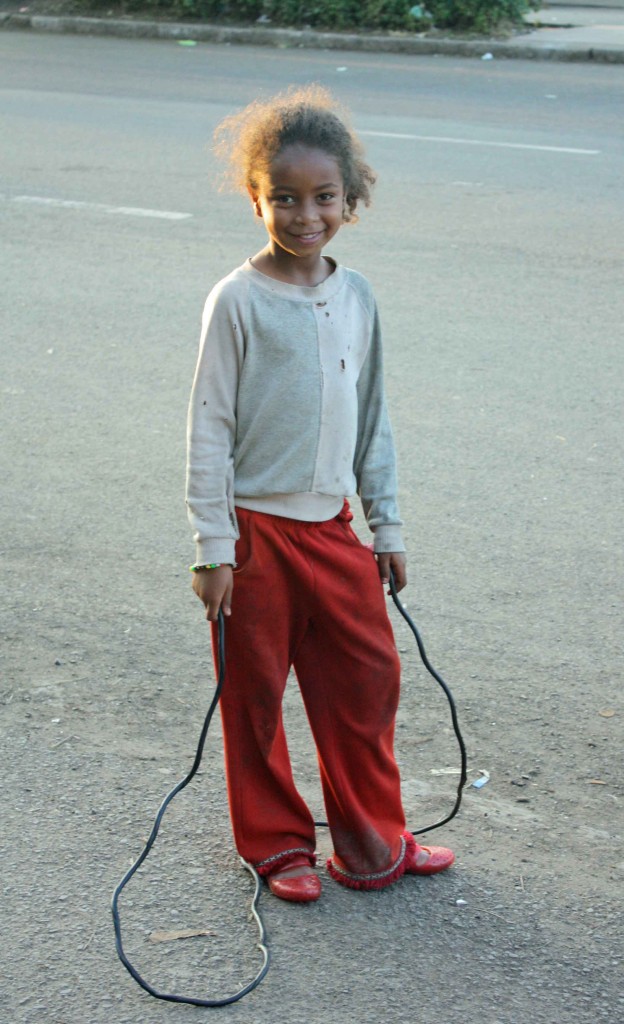
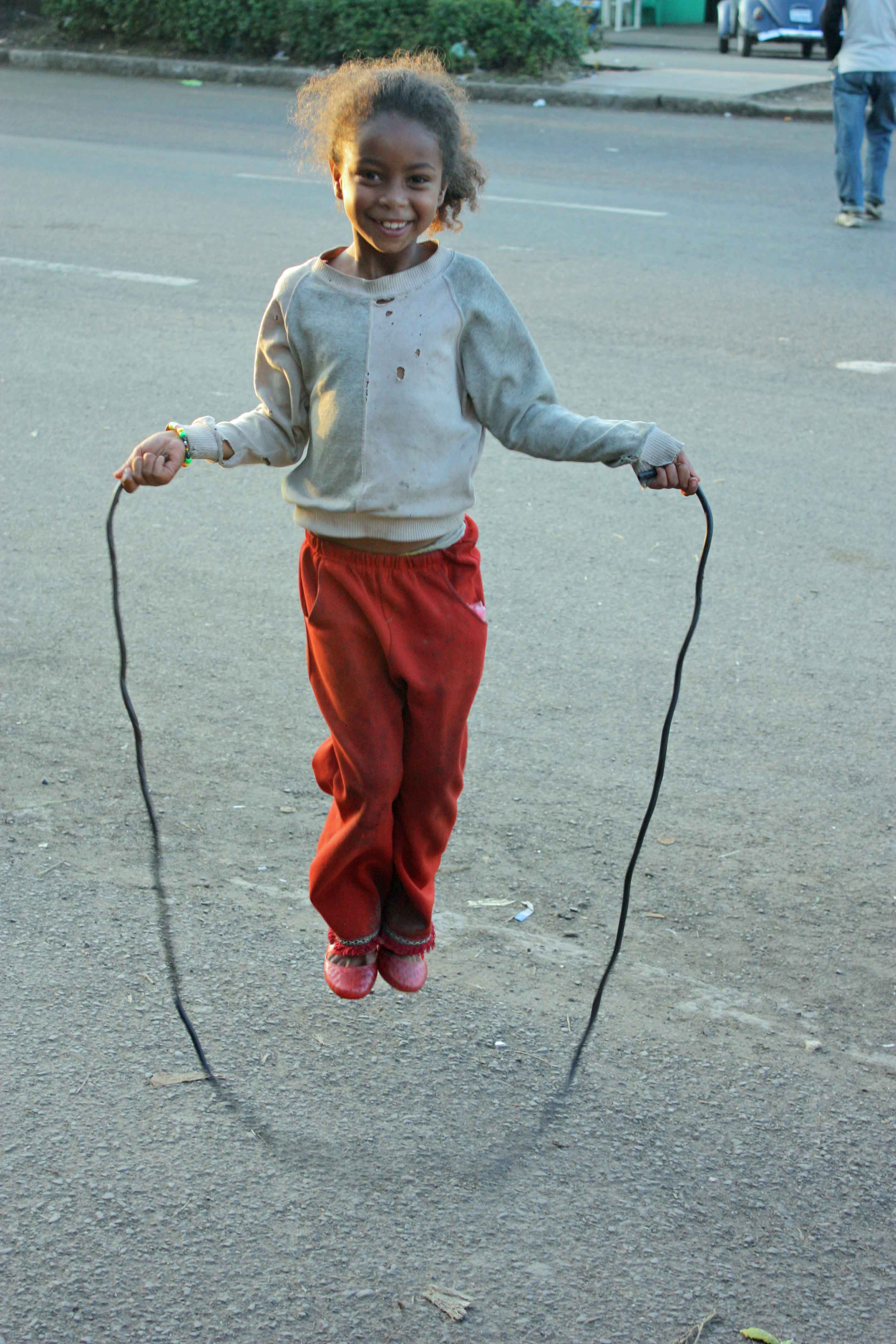
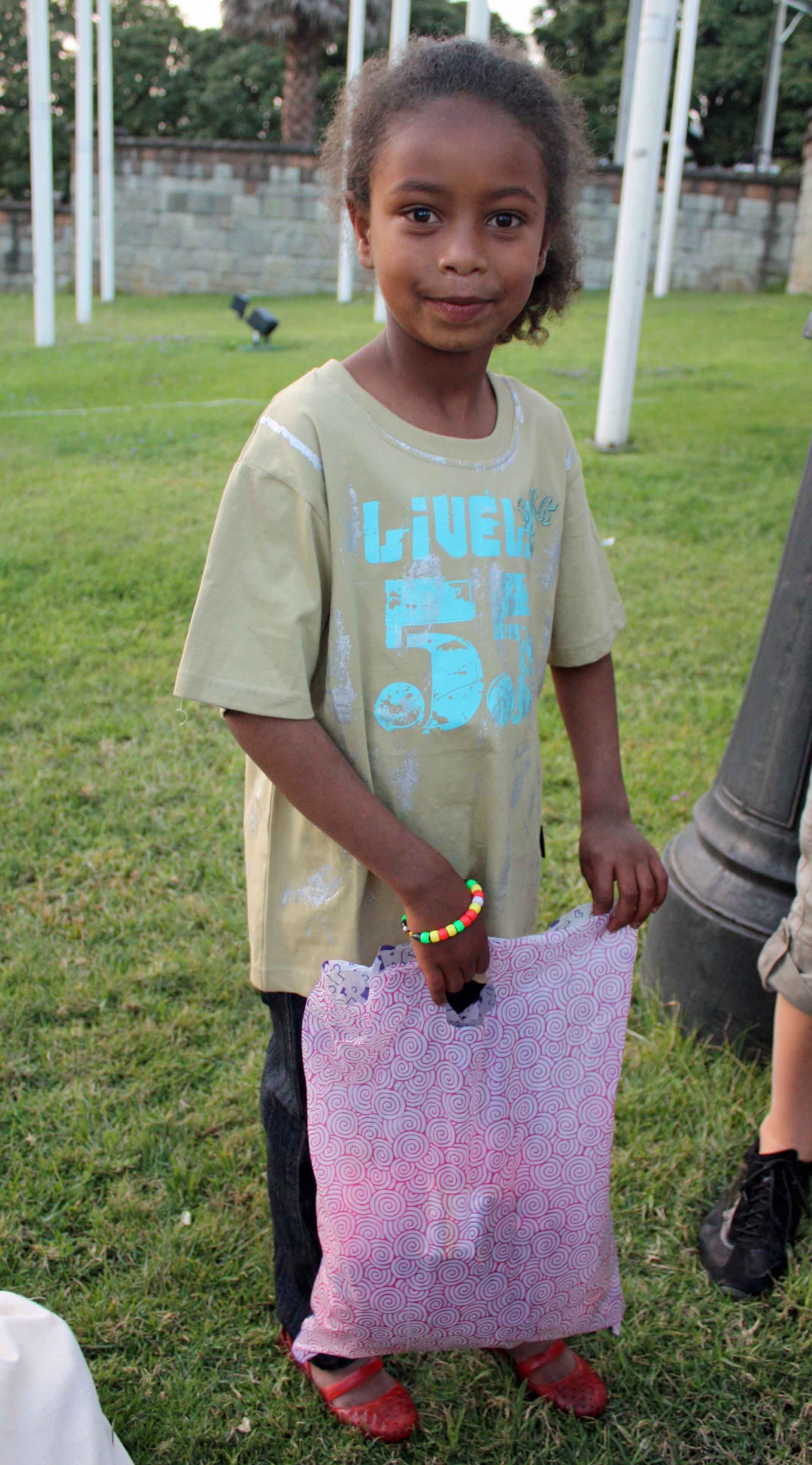






















Thank you for writing this wonderful article, Rajka. I have shared some of it with Oliver and I talked about what the pictures showed. I wanted him to see and hear about it too. I found it hard to speak at points because I was on the verge of tears! Beautiful photos and moving words. Nikki x
my heart my heart, my tears flowing. Nothing can capture your feelings when looking into the eyes of poverty or the absolute aloneness of a child.
How many did you want to bring home? How many can you help? What can I do to support?
deb
I would like to appreciate your humanitarian activity and the belief you hold regarding those people who suffers in such socioeconomic problem.But I would like to ask you one questions Where do you get the number of street children’s’ data? Because I am working a documentary film about this children and may be the data you got wrong